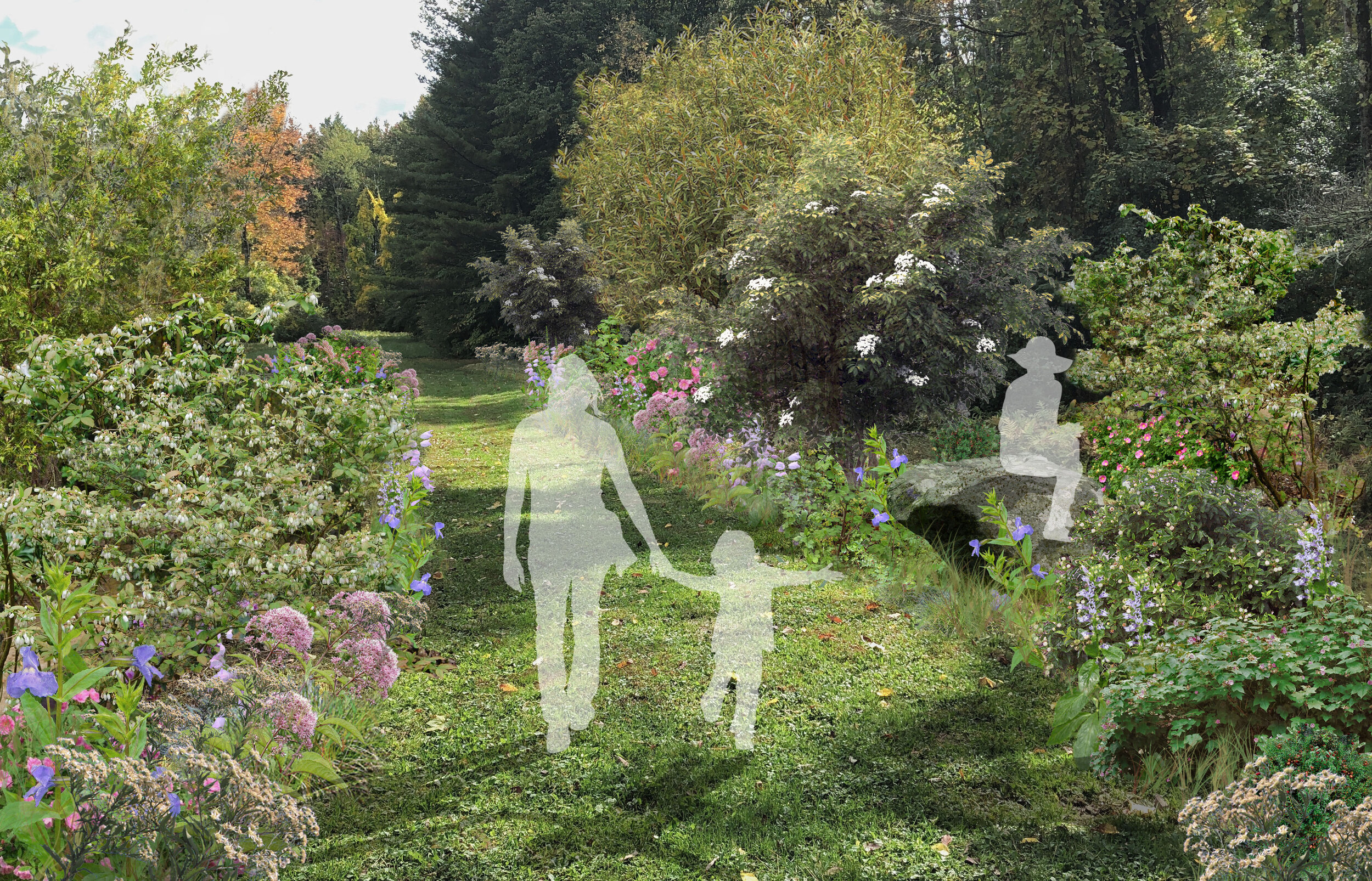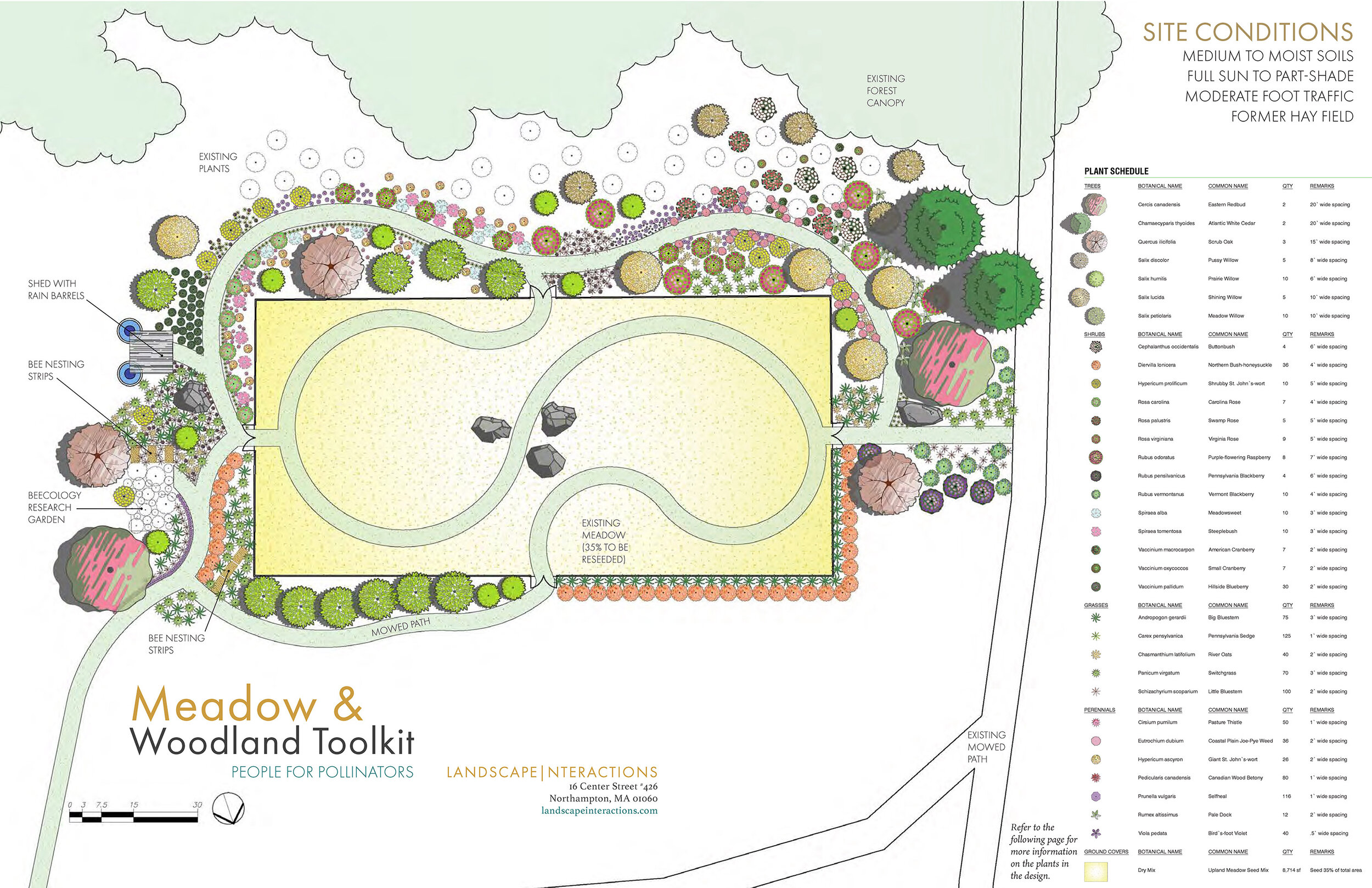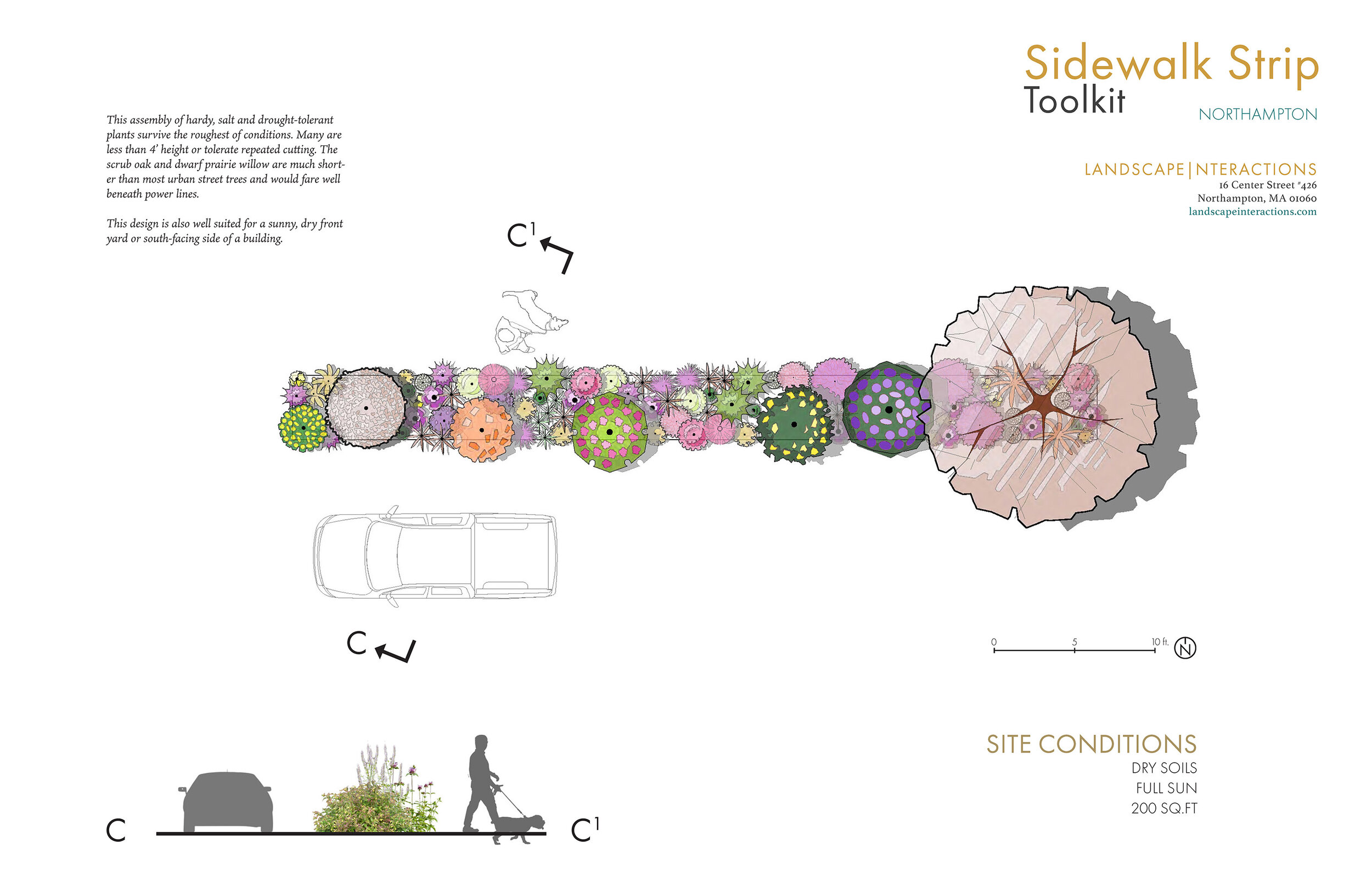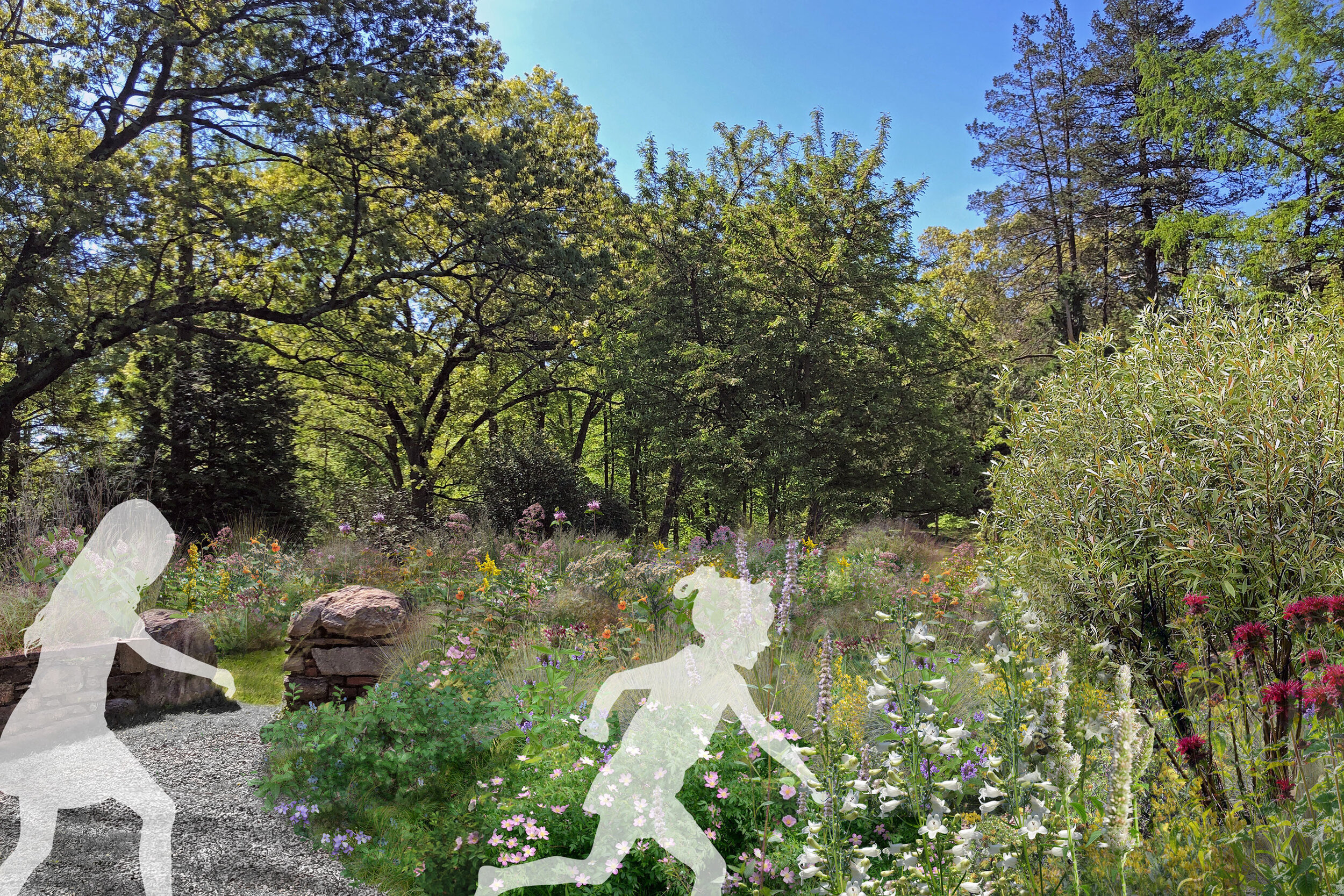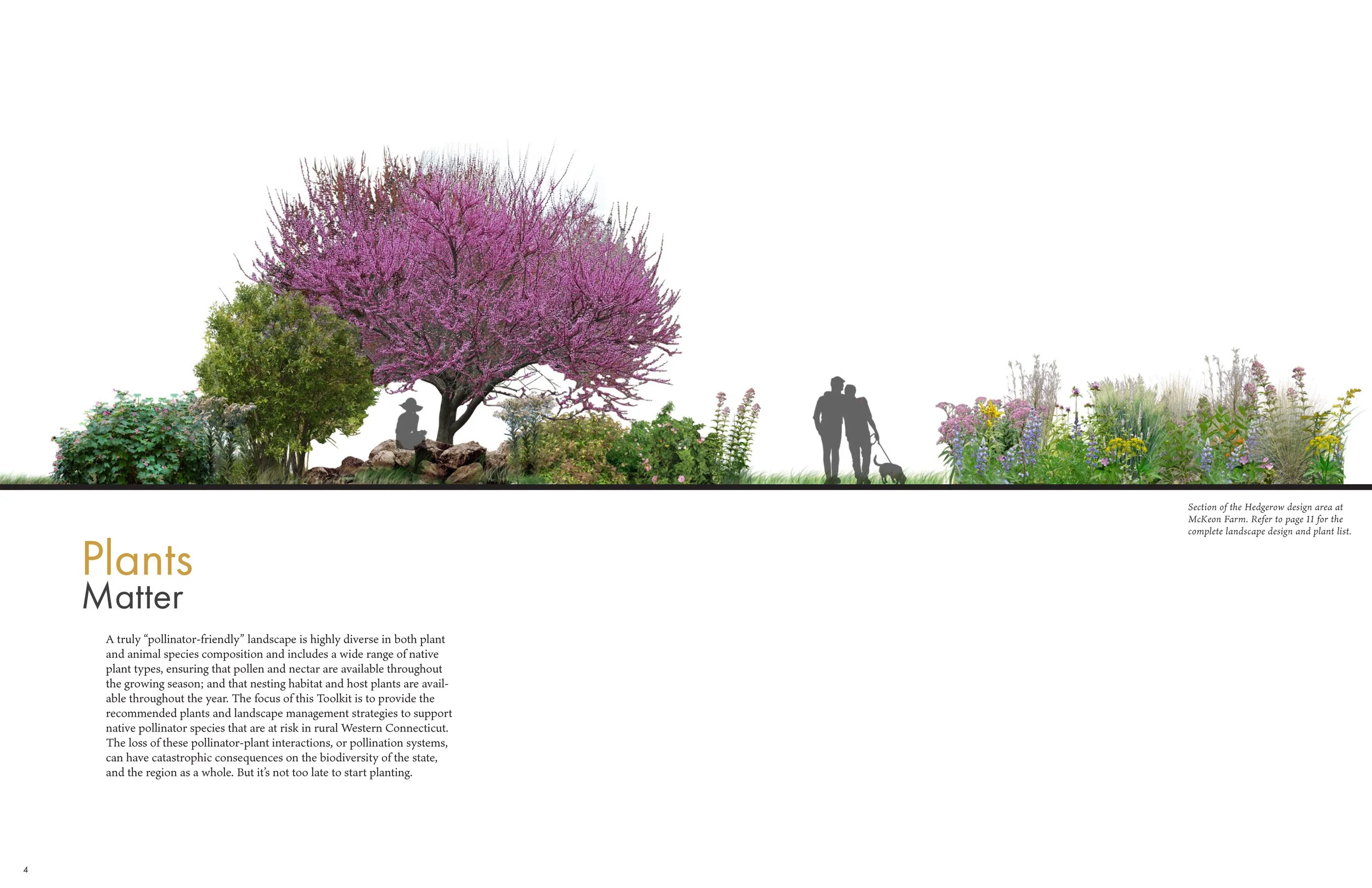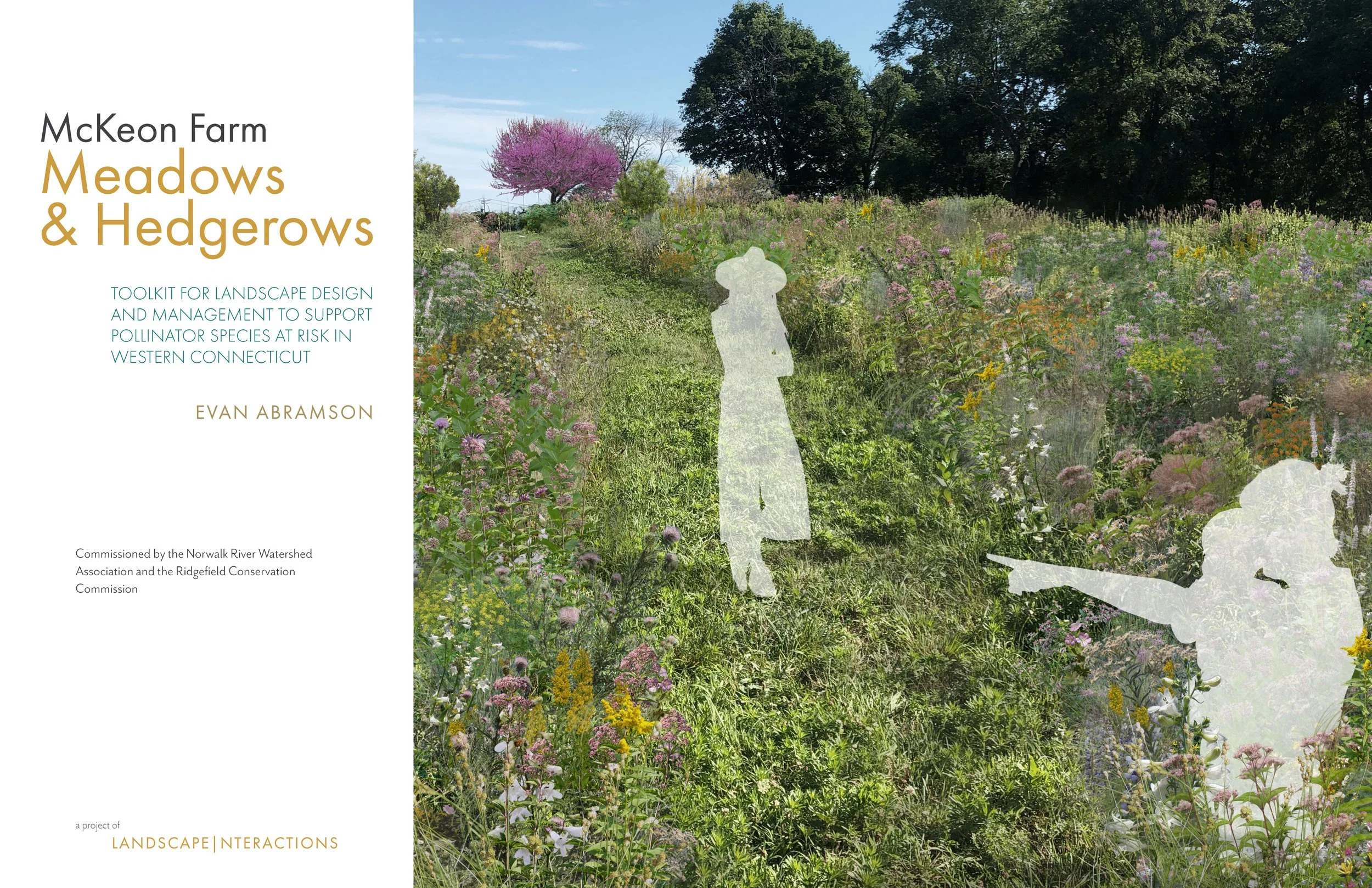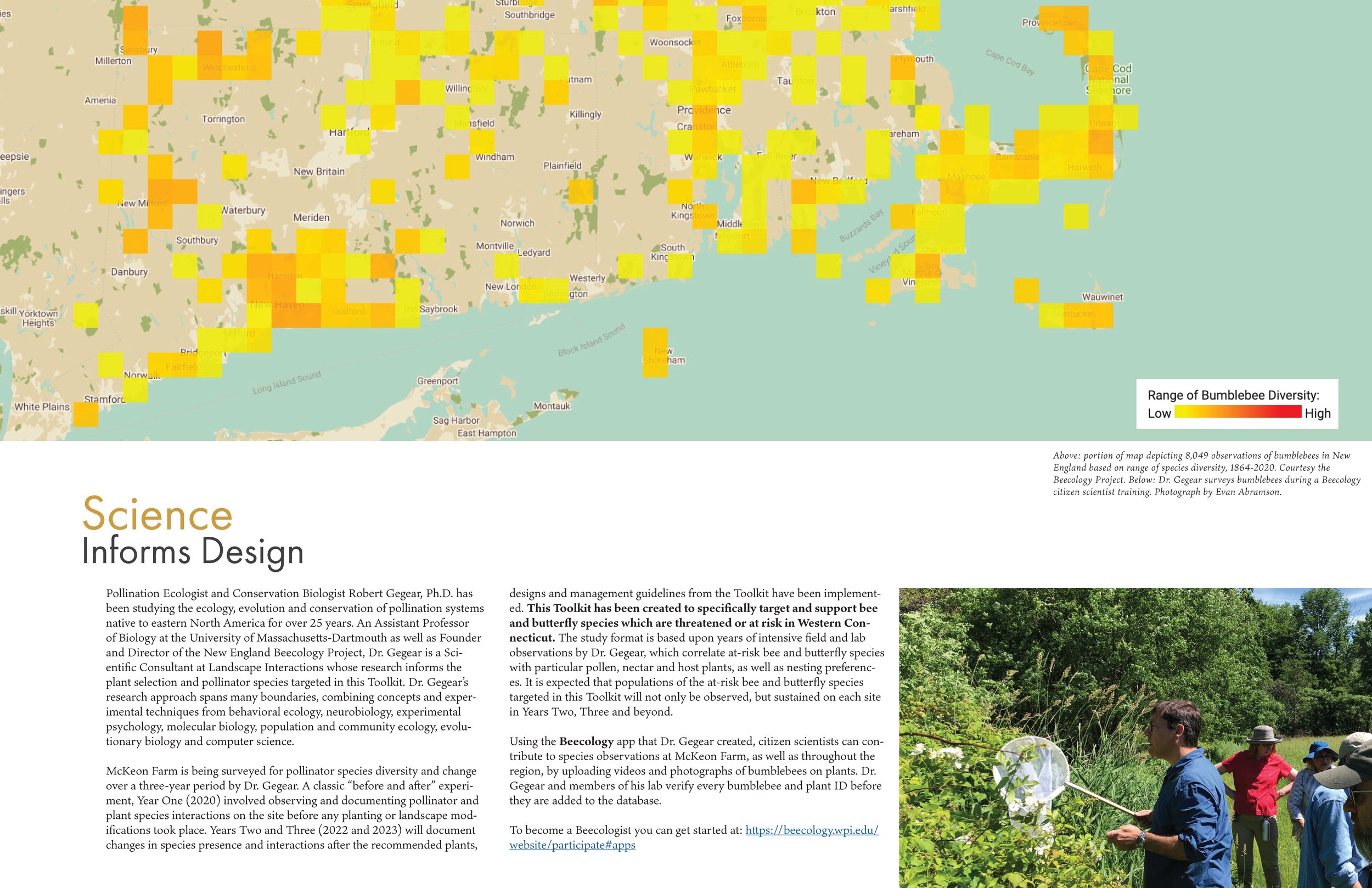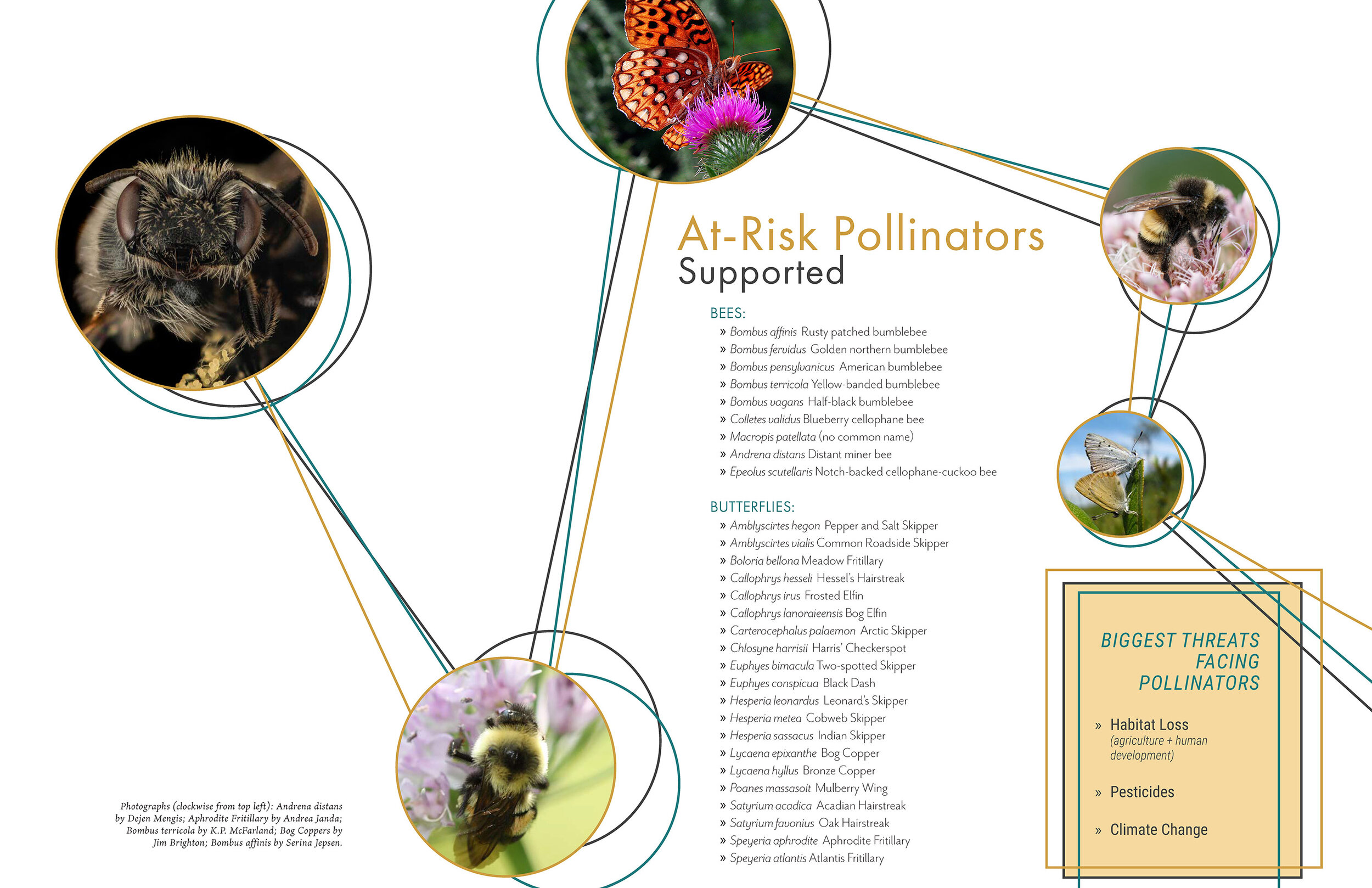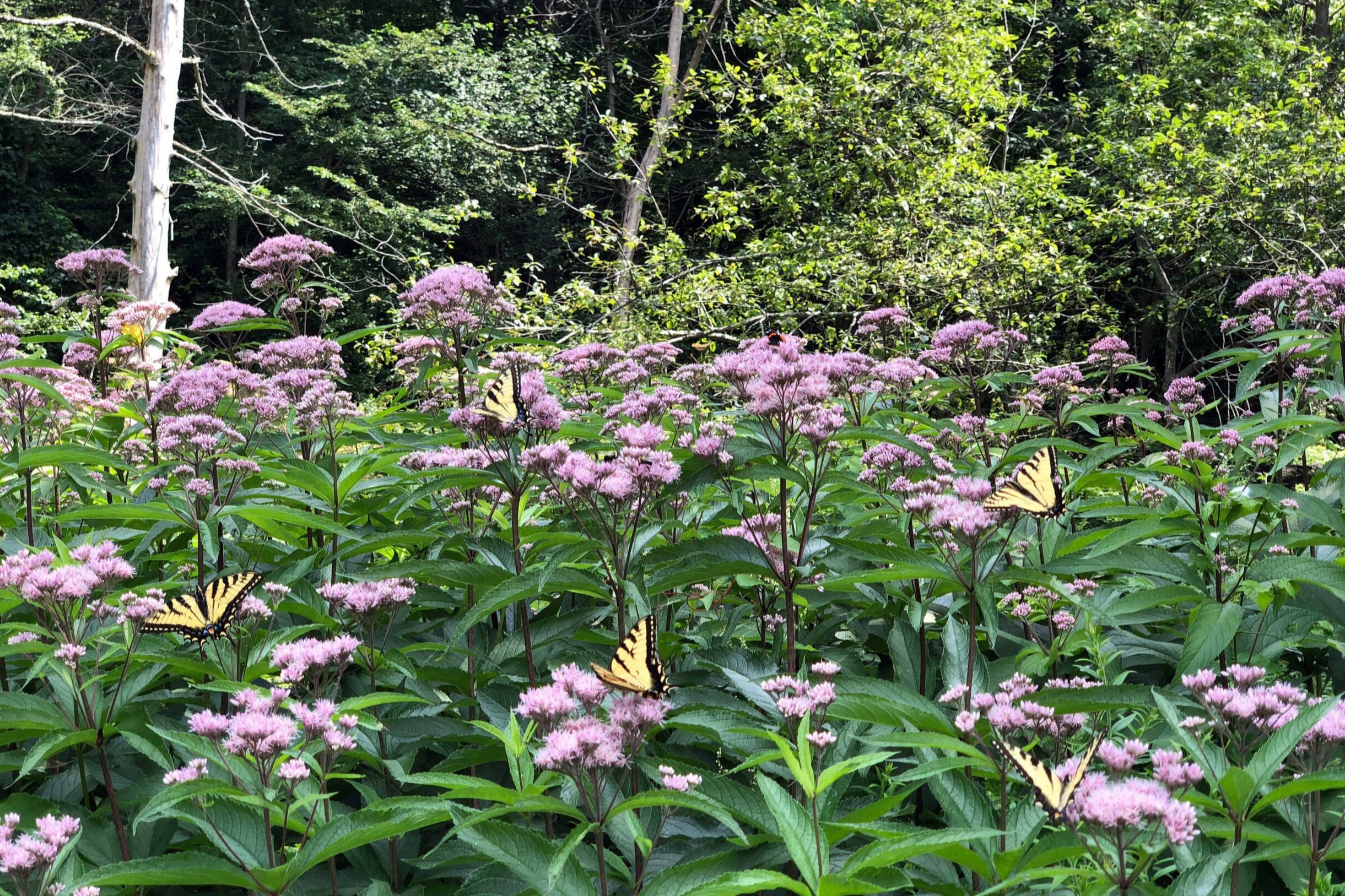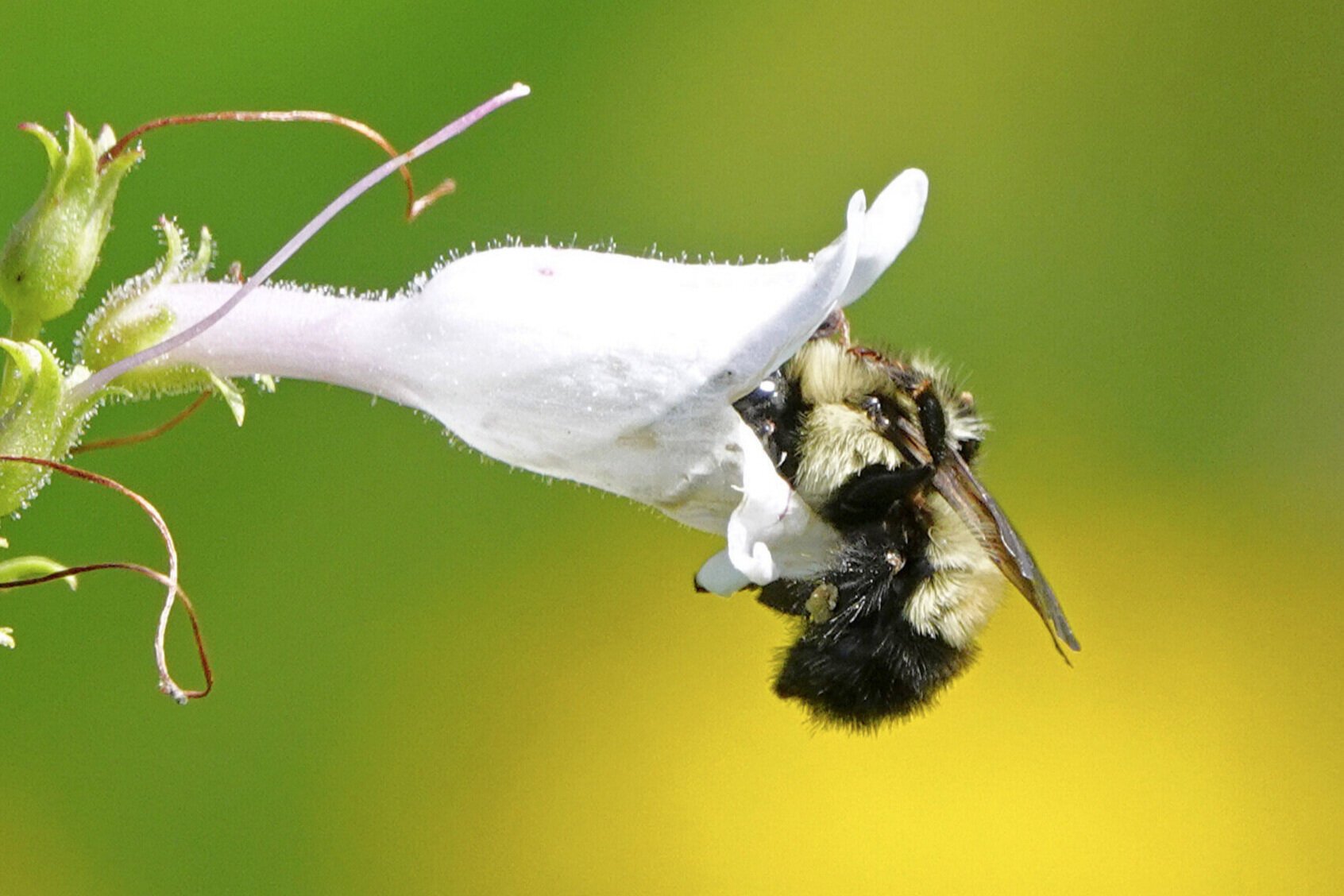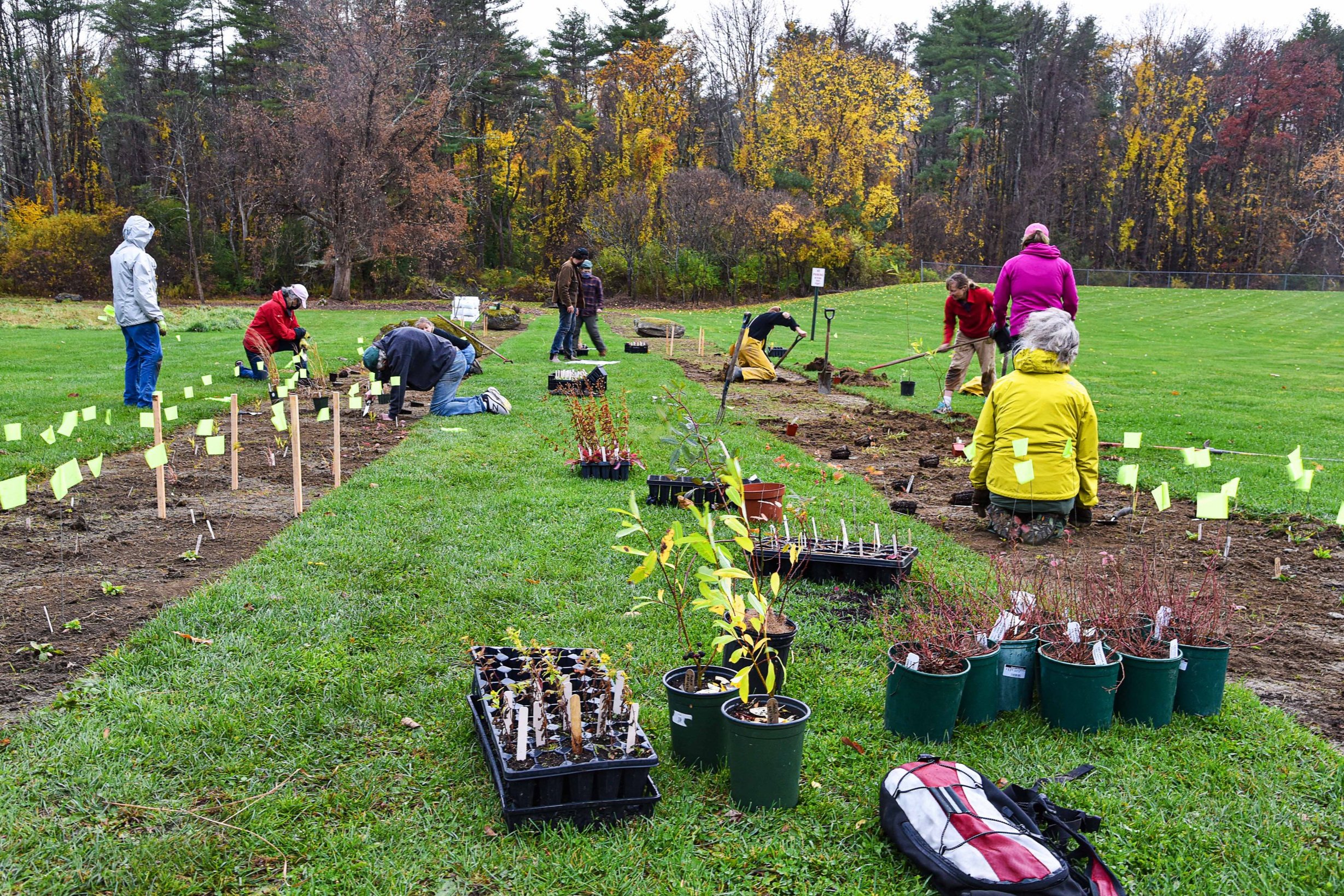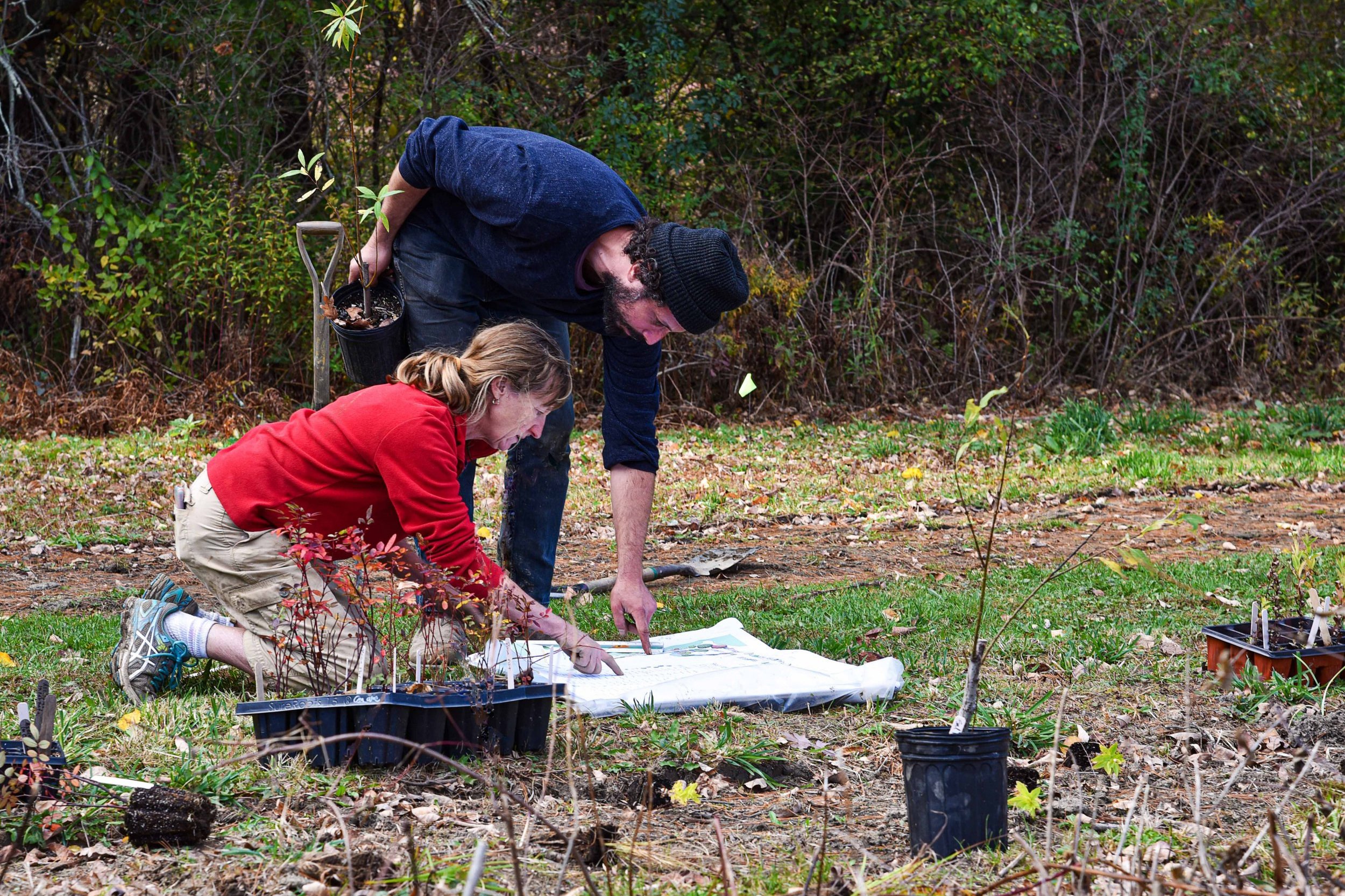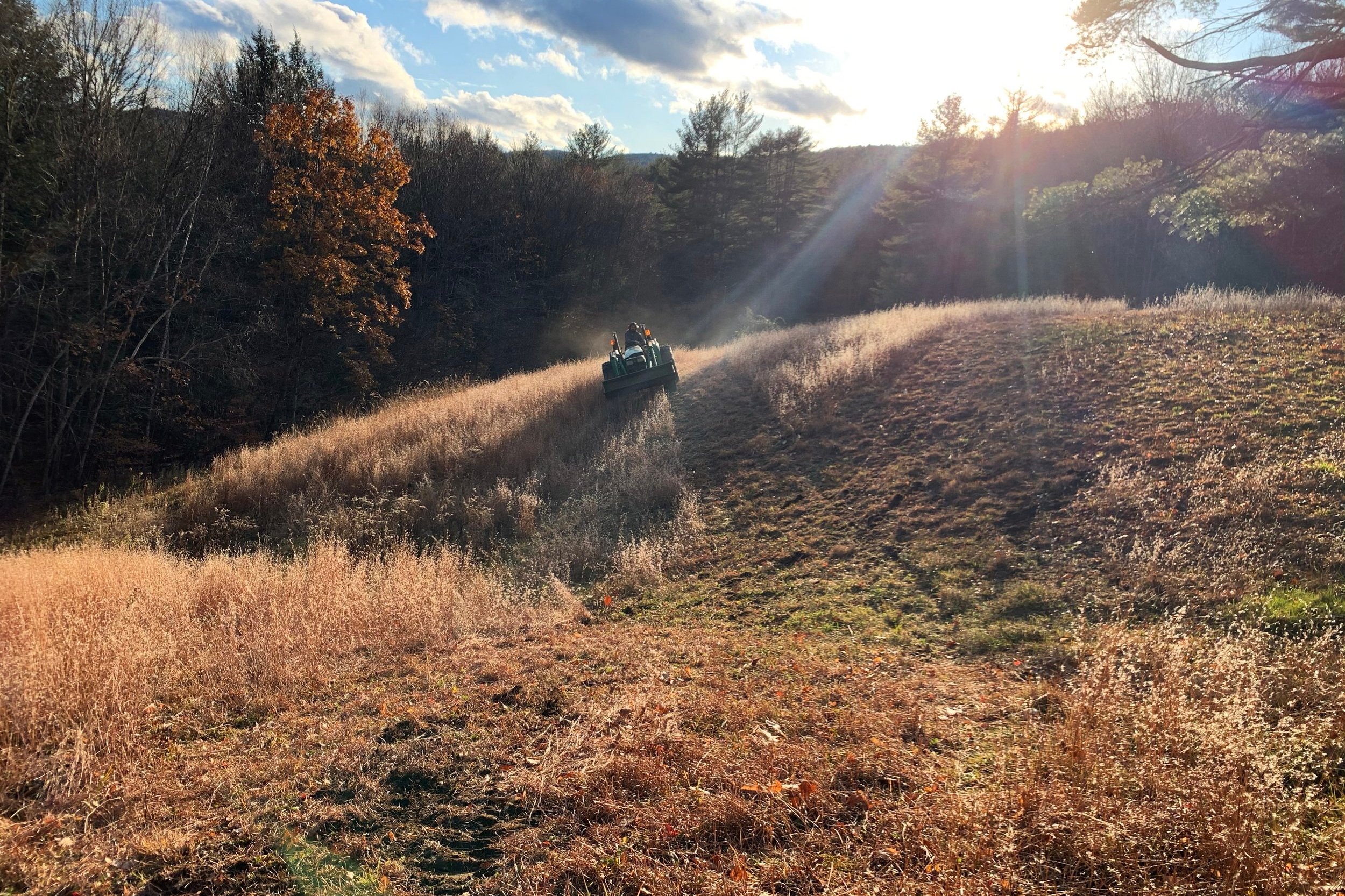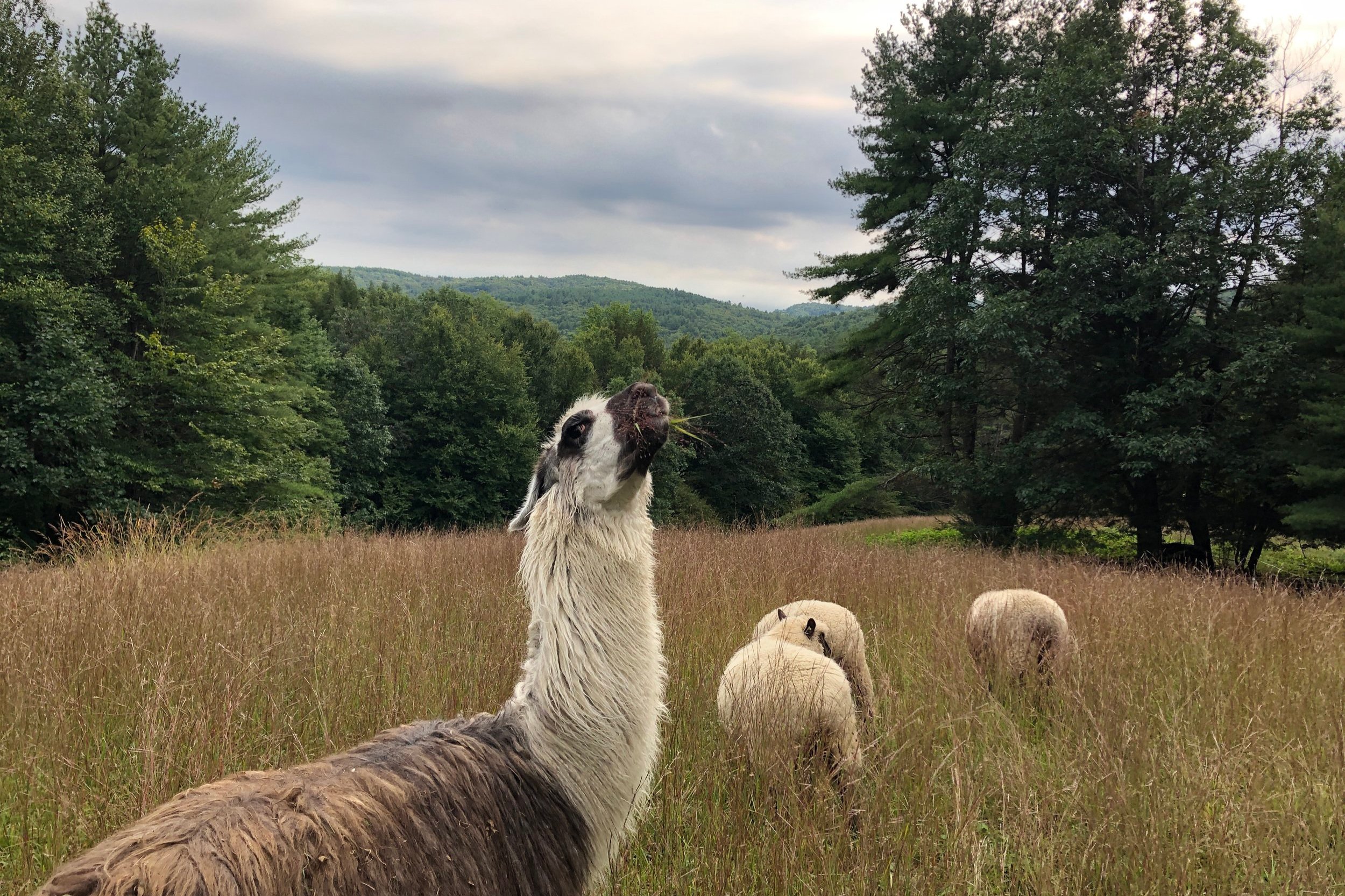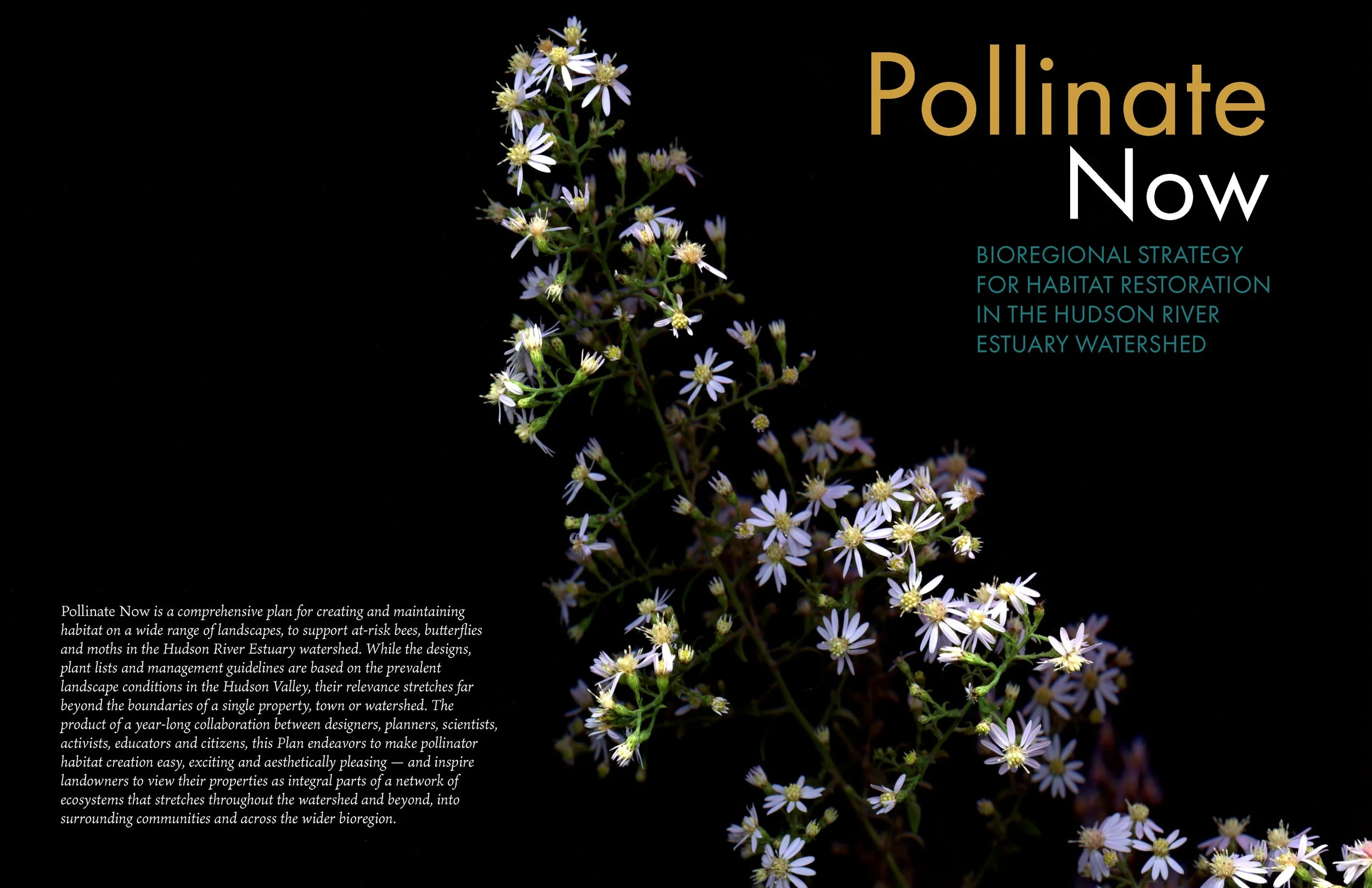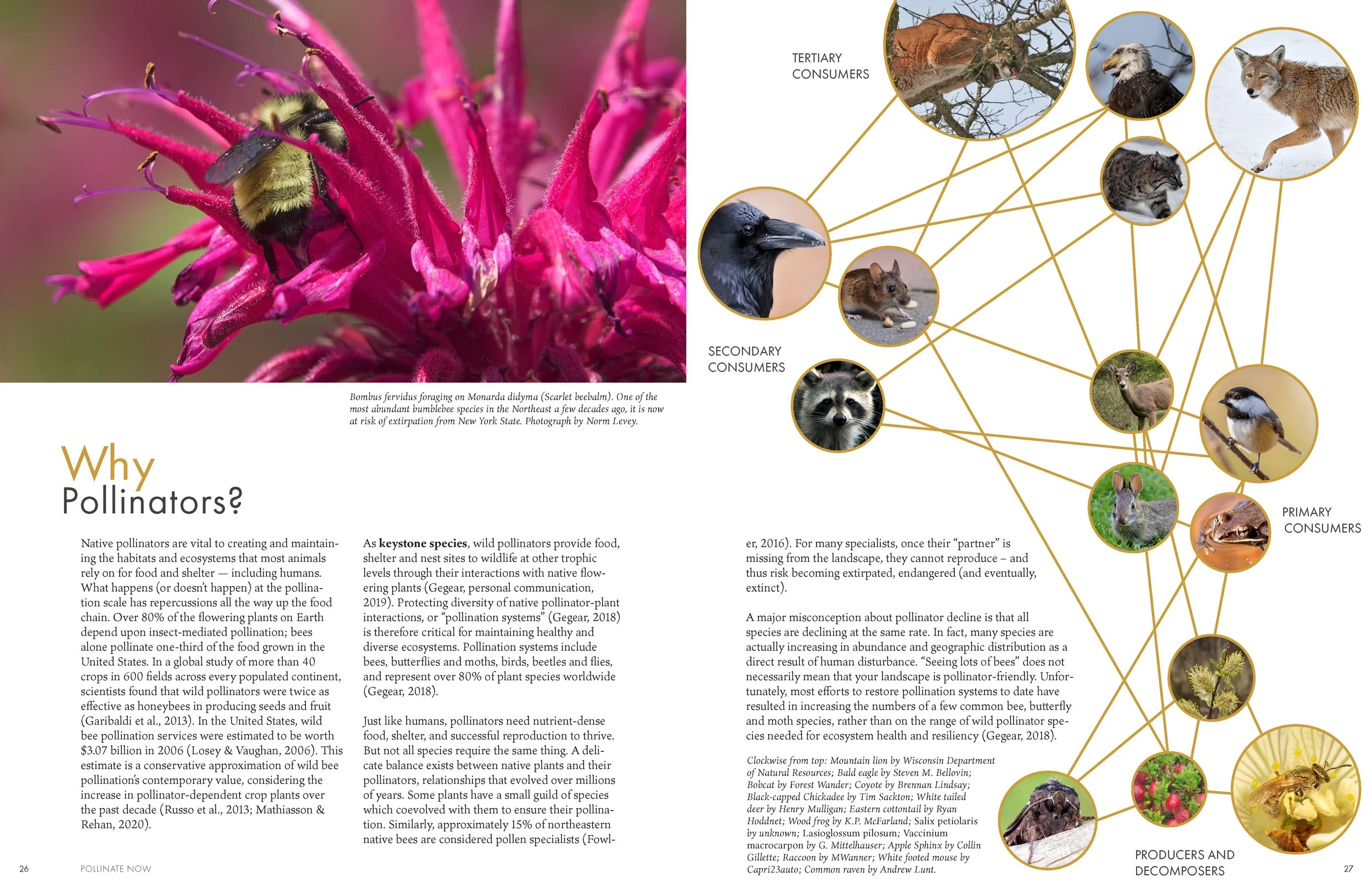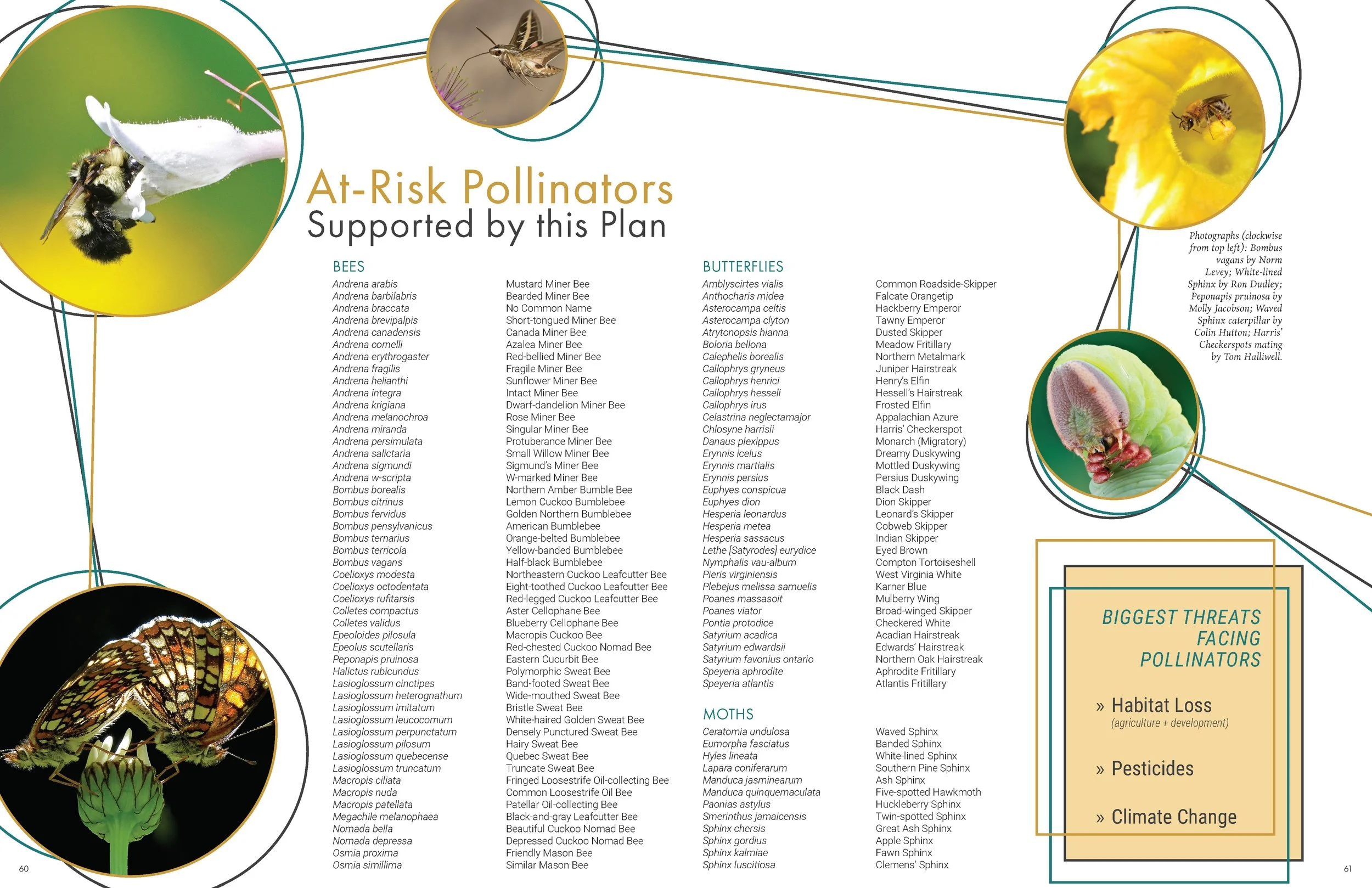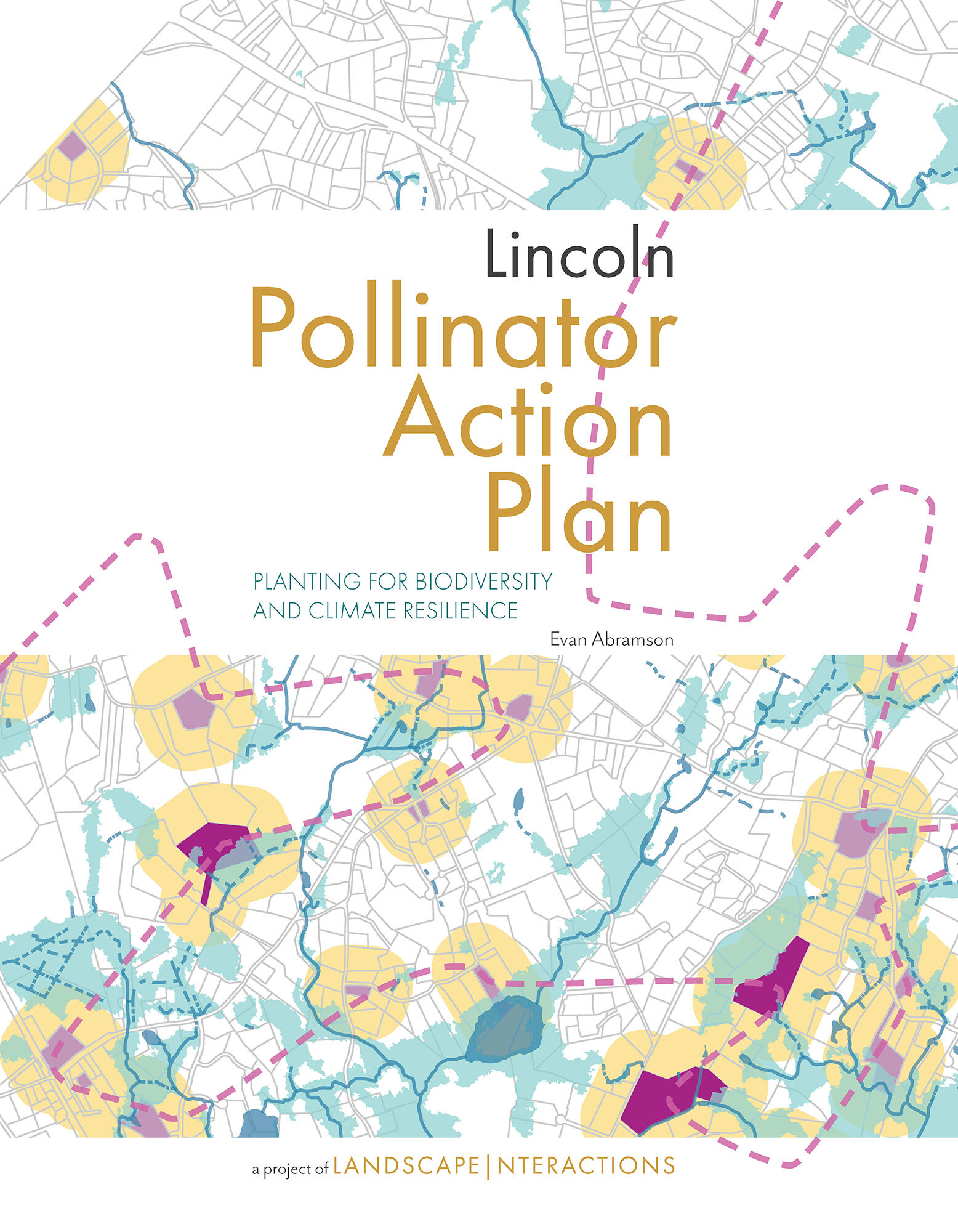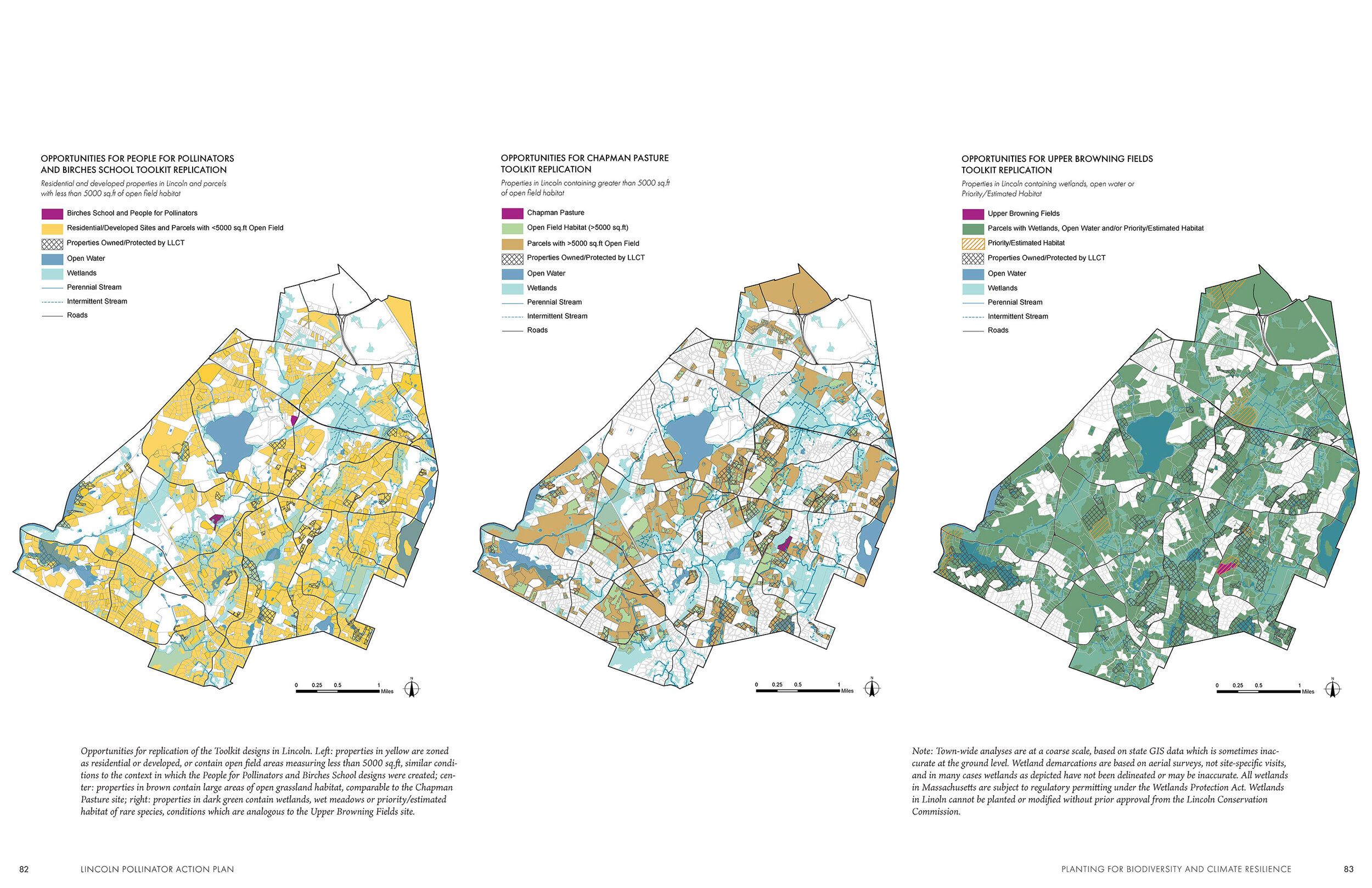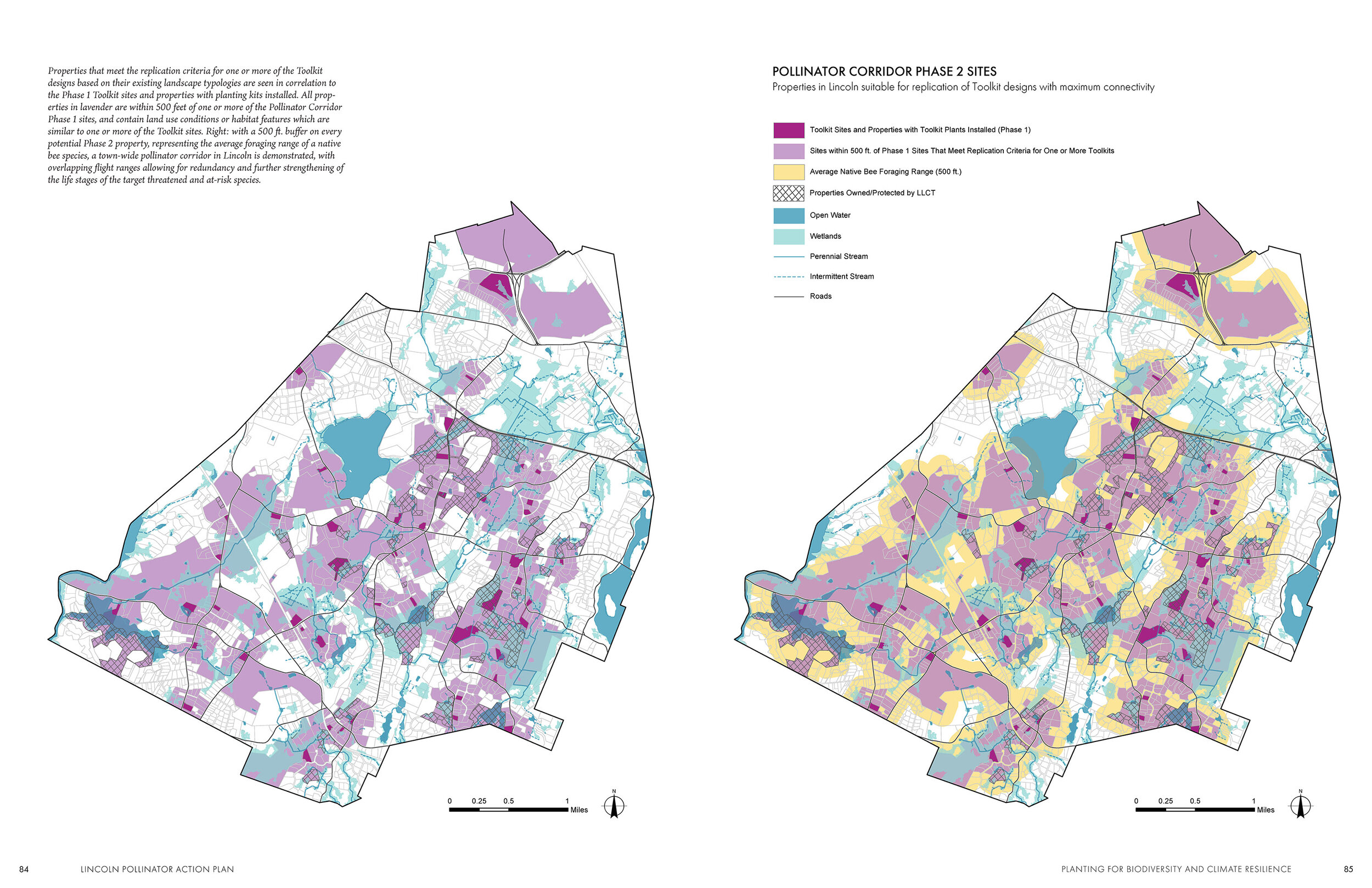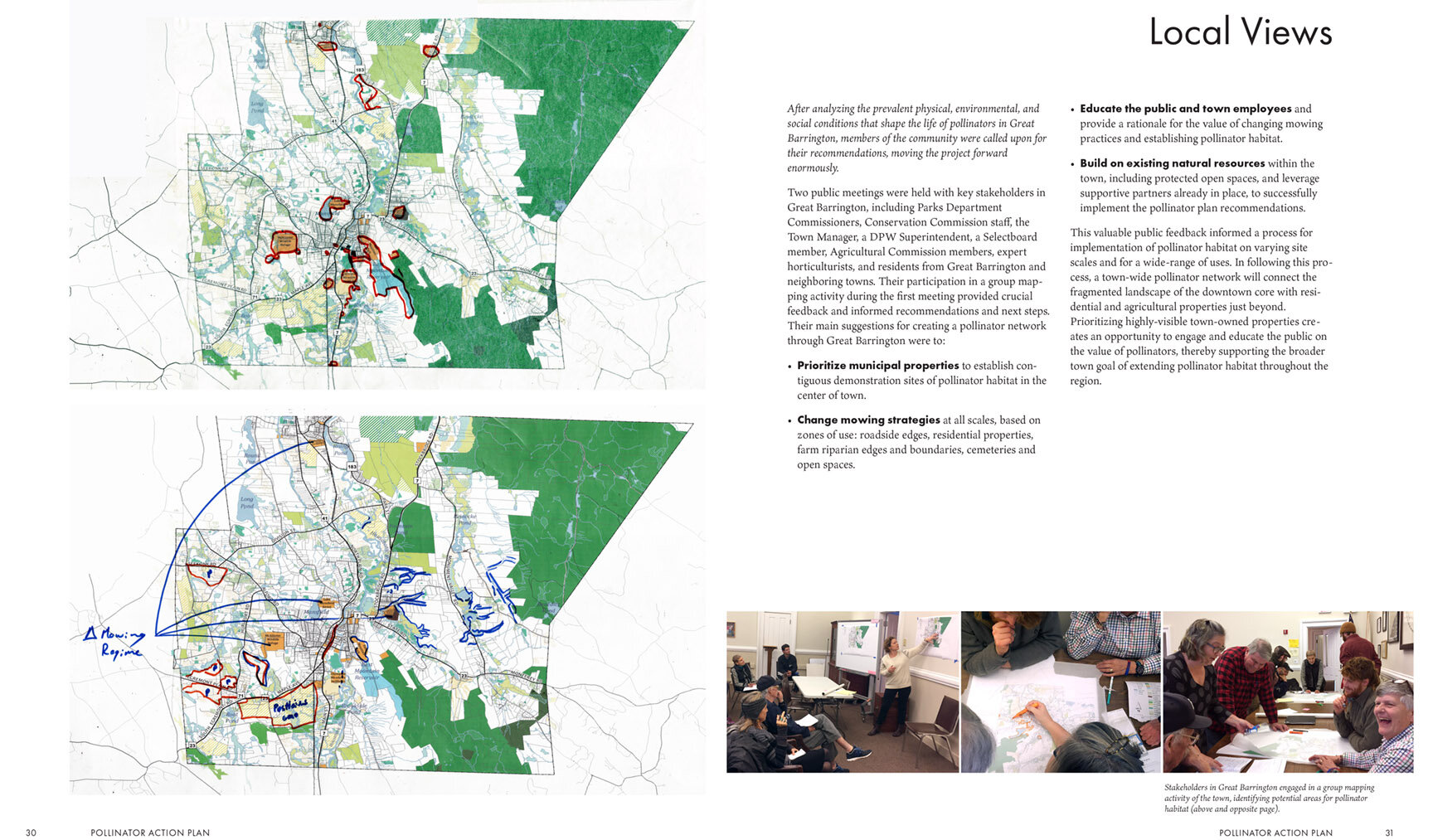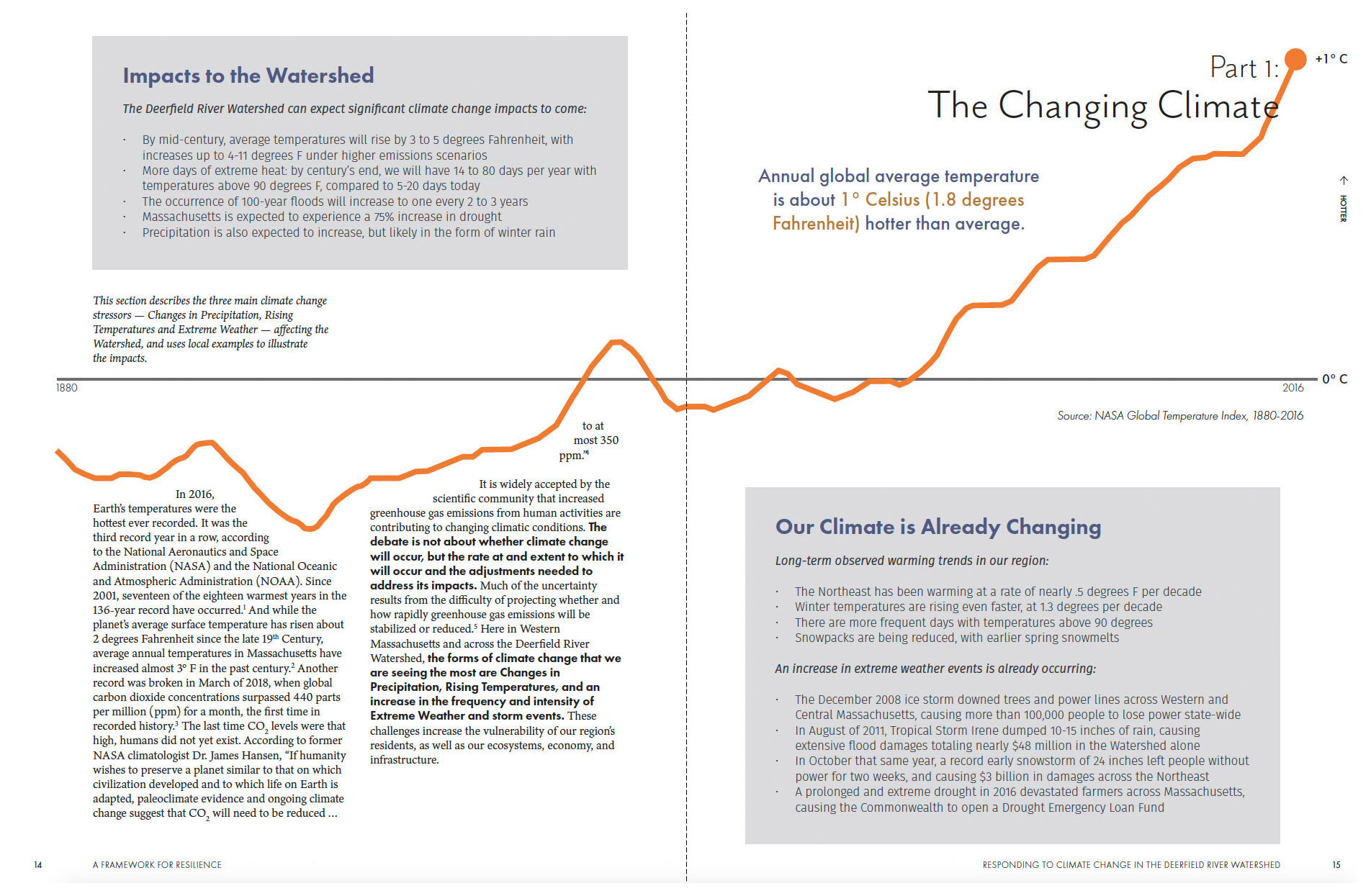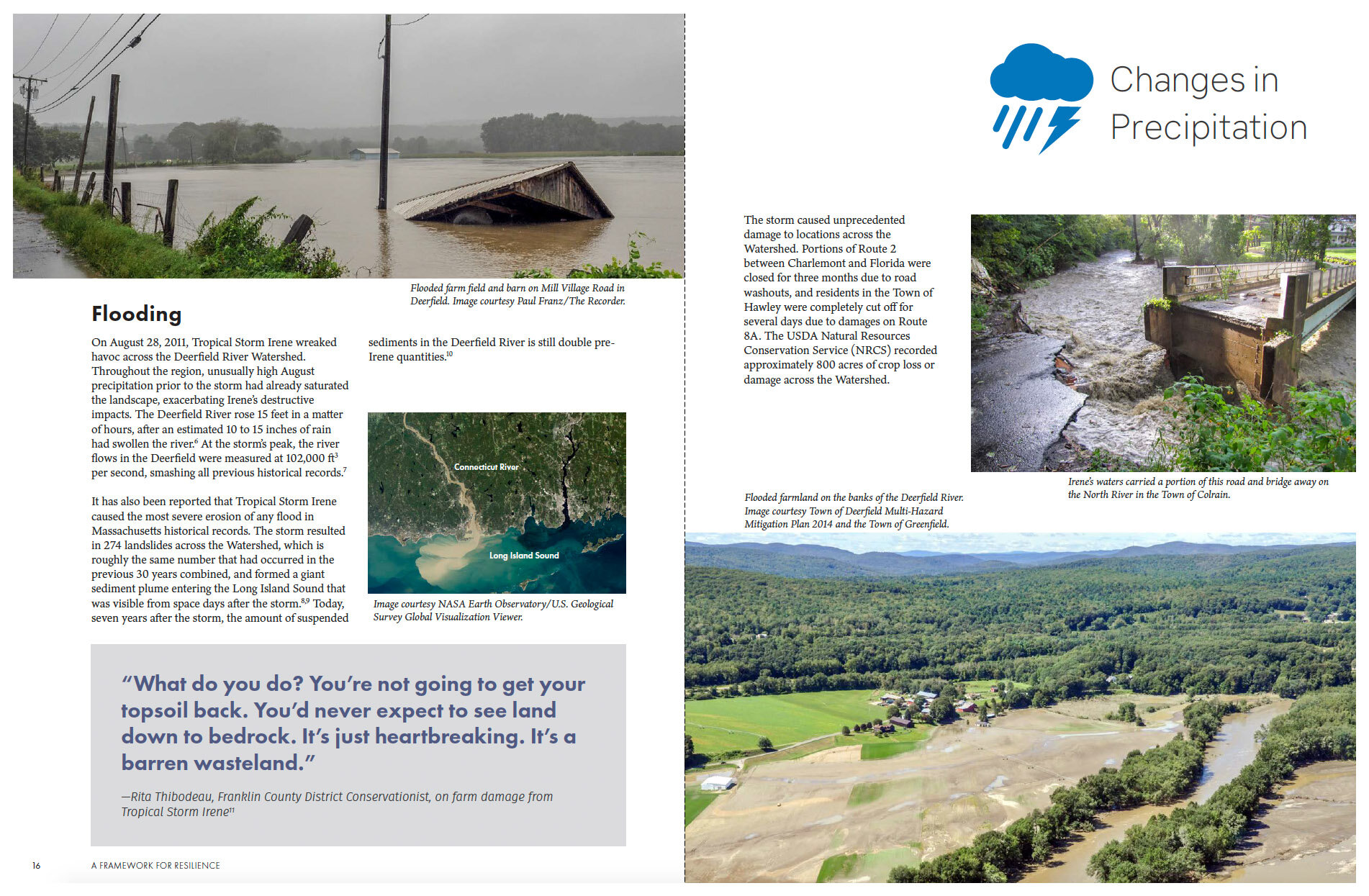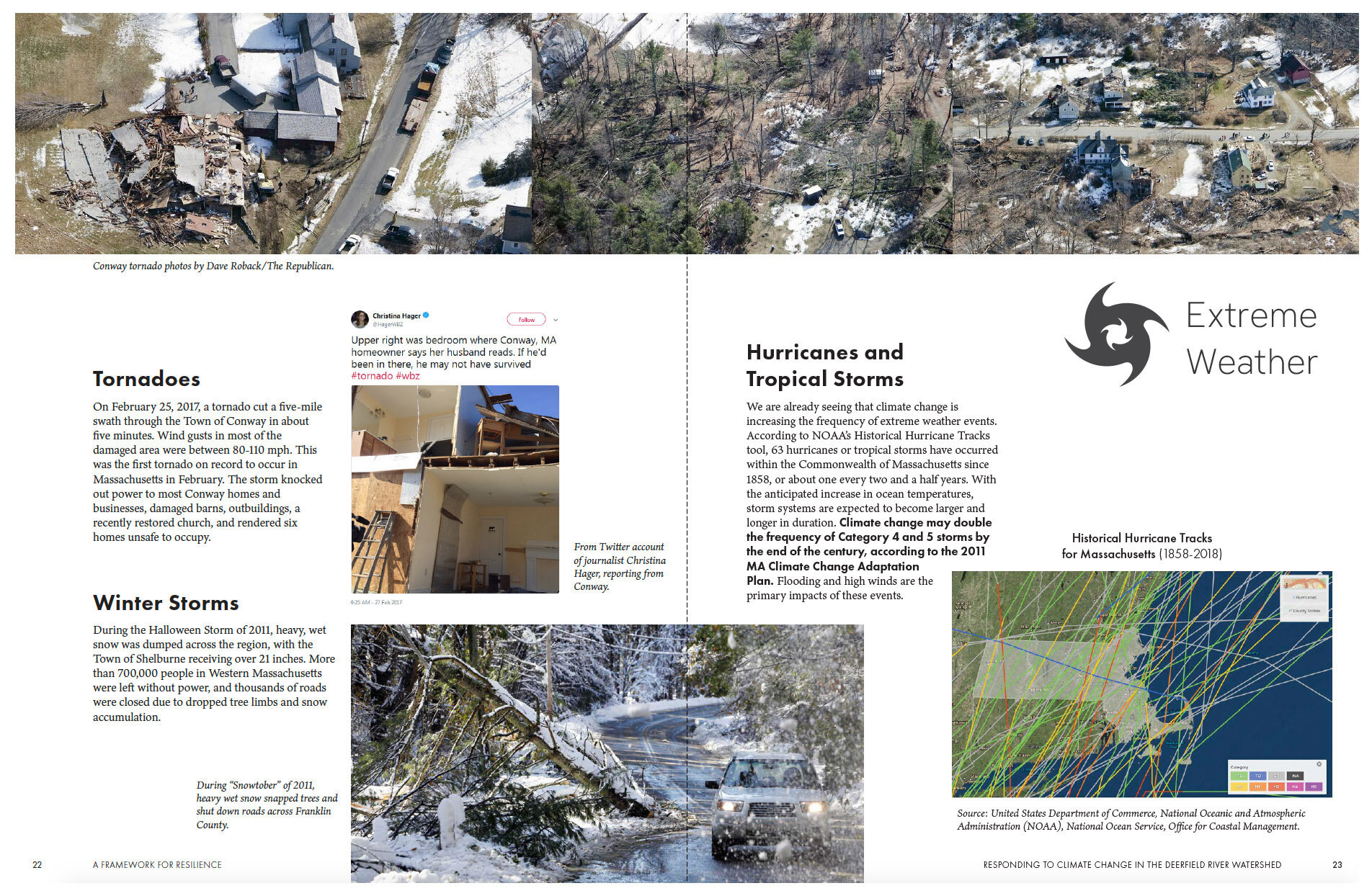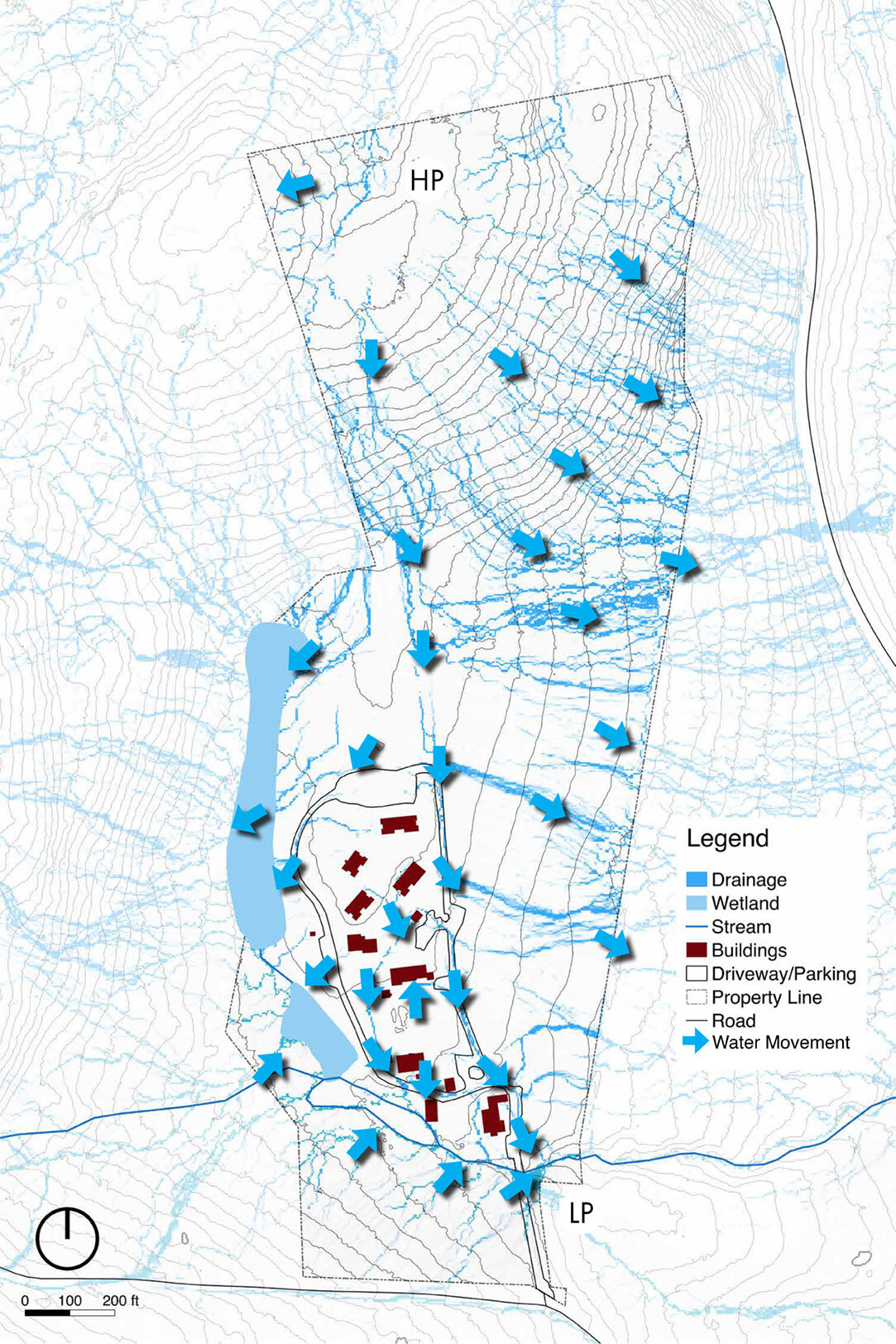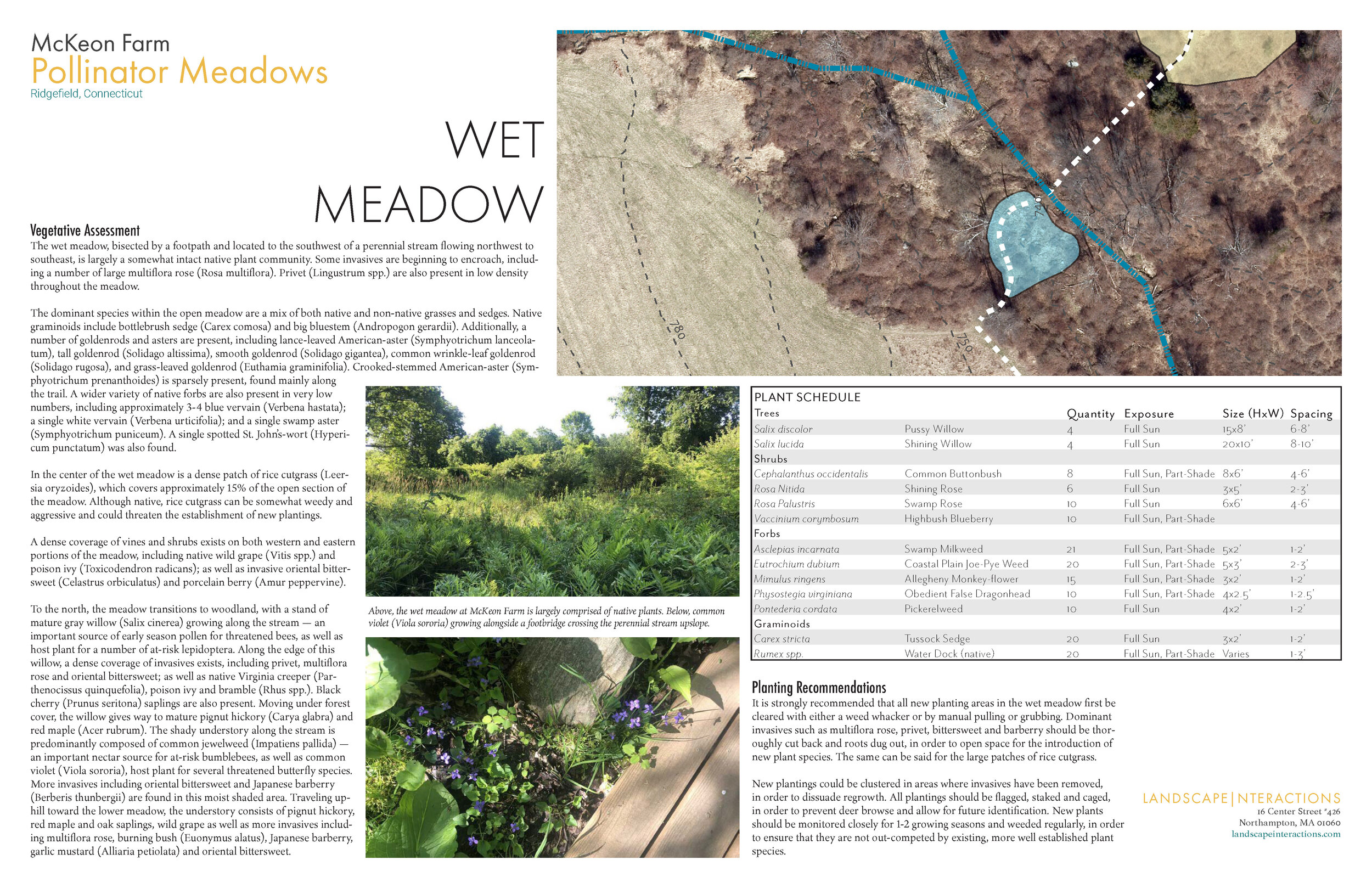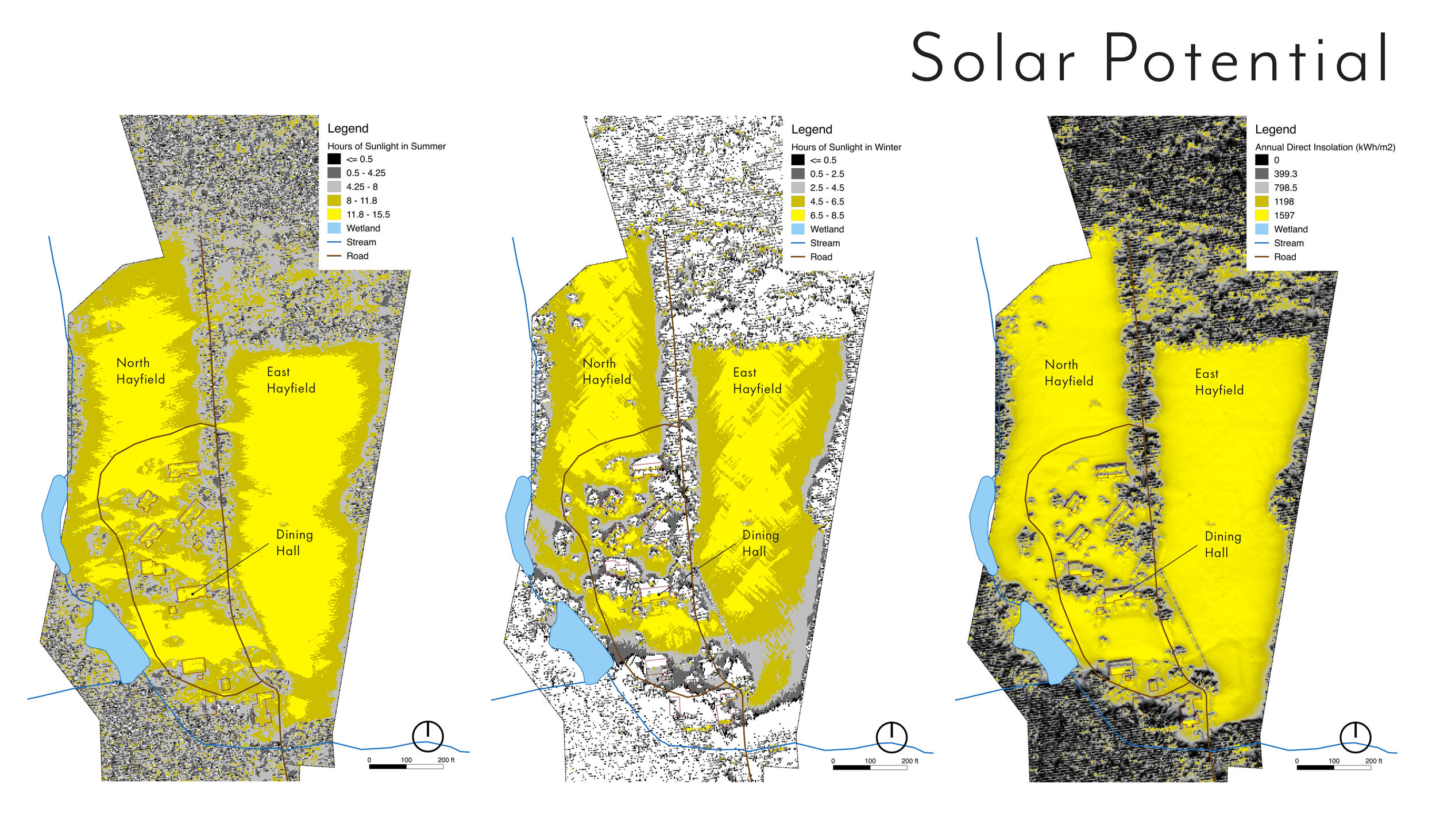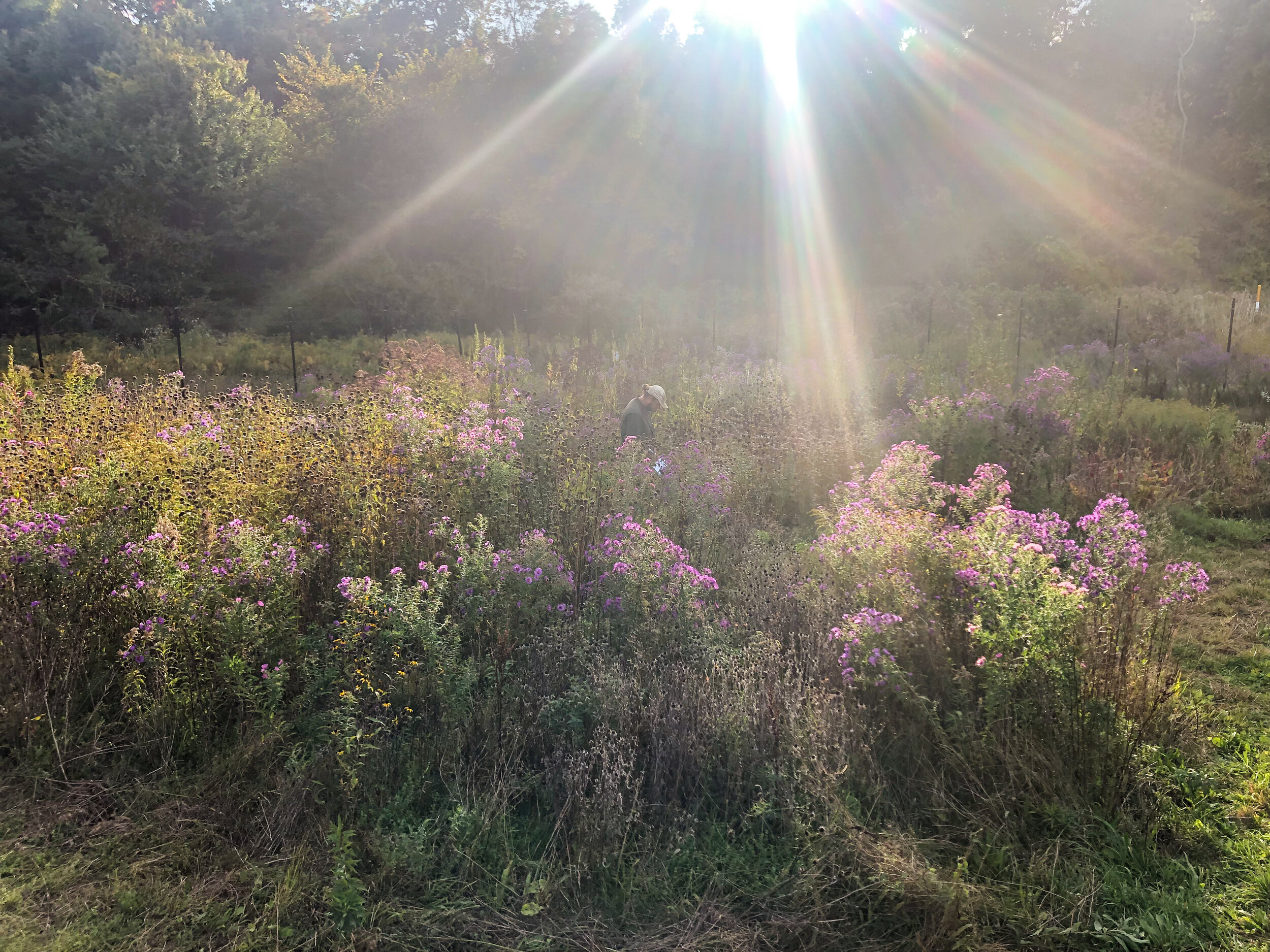Our process is at the intersection of design, planning,
science, outreach and education
LANDSCAPE
BIODIVERSITY design
We create functionally diverse and ecologically resilient landscapes for campuses, conservation properties, farms, municipal parks, largescale solar arrays, residential sites and regional organizations. Our designs are crafted to meet and exceed the client’s goals, be it land stewardship, climate change resilience, strengthening biodiversity, improving crop pollination, or enhancing aesthetics through native plant communities.
Plant selection is critical to the success of our designed habitat features. Through robust ecological site analysis, we determine the ideal native plant composition to maximize the landscape’s existing features and potential for attracting and sustaining a diversity of wildlife. We bring over two decades of research on the pollen, nectar and nesting preferences of native pollinators to all of our work. Our plant recommendations support species richness across functional traits, trophic levels and animal groups (bee, butterfly, moth, bird). Science informs the design process, plant selection and measures the results.
Land use + NATURAL
RESOURCES PLANNING
Strategies for regional biodiversity and resiliency can take on a number of forms and be executed on a number of scales:
pollinator corridorS + Action Plans
We guide the planning process for pollinator habitat implementation by prioritizing parcels and strategies based on a range of criteria including:
Land use (present and historic)
Habitat value
Vegetative cover
Pollinator species records (present and historic)
Development projections
Visibility and cultural value
Cost and ease of maintenance
Download Lincoln Pollinator Action Plan: Planting for Biodiversity and Climate Resilience.
Download Pollinate Now: Bioregional Strategy for Habitat Restoration in the Hudson River Estuary Watershed.
watershed-based resiliency plans
To truly have an impact regionally and strengthen ecological integrity across signifcant land areas, it is important for private landowners, conservation organizations and municipal entities to work collaboratively across geographic boundaries. Watersheds provide a natural structure for such collaborations.
Download A Framework for Resilience: Responding to Climate Change in the Deerfield River Watershed.
Toolkits
To ensure projects are successful and replicable across different sites and scales, we work closely with stakeholders to develop customized toolkits for pollinator habitat implementation. Toolkits can be designed to communicate with specific audiences (landscape professionals, farmers, residential homeowners), be easily reproducible and may include:
Plant and seed recommendations (including where to source)
Site-specific planting designs
Diagrams and other visual materials
Landscape management guidelines and pollinator-friendly BMPs (implementation instructions, maintenance and mowing schedules)
Pollinator species surveys over a 2-3 year period
Download examples of our Toolkits here.
SOLAR POLLINATOR
HABITAT
pollinator habitat ESTABLISHMENT + MAINTENANCE PLANS
We provide all the tools necessary to successfully establish and maintain pollinator habitat on solar sites:
Site analysis/mapping existing conditions
Baseline inventories of natural communities, vegetation and pollinator species on site
Landscape design for pollinator habitat below and around solar arrays
Establishment and maintenance plans
Recommendations for seed mixes and plants to promote the widest possible functional diversity
Strategies for control of invasive species and vegetation management activities for the first 3-5 years
Pollinator species monitoring over the course of the project
We ensure projects meet the necessary pollinator-friendly criteria for states such as Vermont, Massachusetts, Maryland, New York and Minnesota, where guidelines are required or incentivized. We can easily customize to meet your goals. For example, in Massachusetts, the UMass pollinator-friendly criteria includes several levels (certified, silver, gold, or platinum).
Our establishment and maintenance plans include:
Seed mix and seeding rate (lbs/acre) for both Array and Perimeter, specific to site conditions (including soil type(s), hydrology, slope, existing vegetation)
Plants for trim zone and vegetation screen (if present)
Establishment and maintenance instructions (including mowing heights and schedules, recommendations for invasive species removal, opportunities for creation of native bee nesting sites)
Considerations for wetlands, wet soils, priority habitat (if applicable)
FARMSCAPE HABITAT
Designing pollinator habitat on productive farmland is not just about crop pollination and food security: it’s also biodiversity, ecological strength and climate resilience. While most efforts to restore pollination systems on farms to date have focused on increasing the numbers of a few bee species based on their crop pollination abilities, rather than on the range of wild pollinator species needed for ecosystem health and resiliency, our farmscape habitat features are designed specifically to promote the widest possible functional diversity of species. This not only guarantees successful crop pollination: it also provides important nesting habitat for beneficial insects to assist in the predation of pests.
Diverse wild pollination systems are like spontaneous farms for wildlife. Just like humans, pollinators need nutrient-dense foods, shelter, and successful reproduction to thrive.
While managed bees can be expensive to rent or maintain, they are also more vulnerable to disease. Wild bee populations on farmland help to provide pollination services in years when managed bees fail.
POLLINATOR SURVEYS
We measure the success of our projects by documenting changes in pollinator species populations on sites before and after plants are installed.
species inventories before project begins
Like a classic before and after experiment, we want to know what’s living there first. We conduct surveys of pollinator species on sites to establish a “control,” as well as baseline criteria for what improvements could be made.
follow up surveys after plants established
Unlike other native landscape design projects, our designed plant communities are held to the highest standards of scientific measure. We guarantee improvements in the biodiversity of sites, and measure this by surveying for pollinator species change over the course of several years.
ECOSYSTEM STUDIES
ecological site analysis
Knowing the context and existing conditions of a site or a region is critical to making well-informed design directives. Our ecological site analysis services include:
Slopes + Drainage
Soils
Natural Communities
Sun + Shade
Circulation
Character + Views
Habitat Value + Connectivity
Context + History
botanical surveys
We record existing vegetation and site conditions in order to make suggestions for plantings based on natural community observations. This saves clients money and time, by building on the strengths of a site before intervention.
professional training
native bee identification trainings
Stakeholders of all backgrounds and levels of experience can learn how to identify bumblebee species and bee-plant relationships; obtain the skills necessary to assess the quality of their own habitat sites; and improve the biodiversity of future sites destined for habitat modification.
team building
We work with groups of stakeholders to identify goals and strategies for collaboration across sectors, land use scenarios and geographic boundaries, in order to make for successful public projects.
Bumblebee photographs from Lincoln, Massachusetts by Norm Levey



